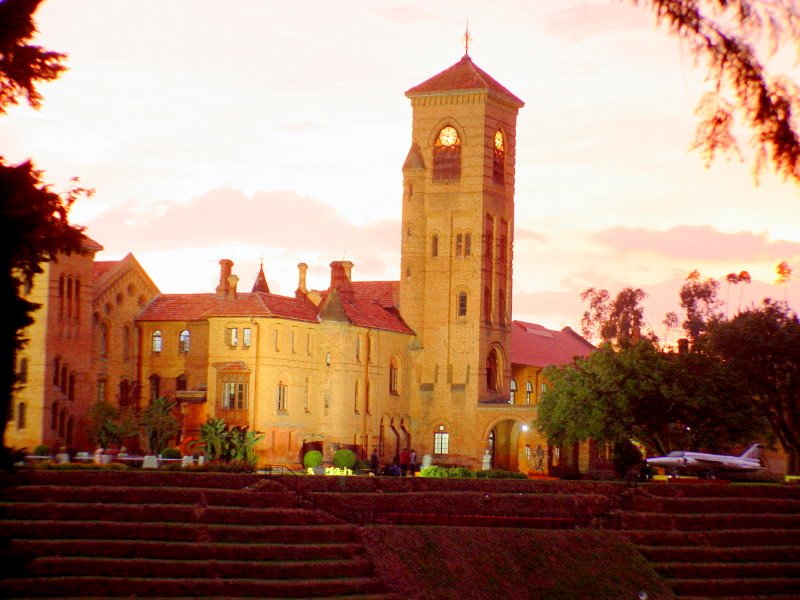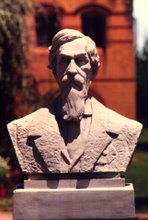THE BEAUTIFUL NILGIRIS
History
The history of Nilgiris dates back to eleventh and twelfth century. The Nilgiris was first mentioned in Silapathikaram. The Nilgiris was part of the Kingdoms ruled by most of the rulers of South India viz. the Cheras, the Cholas, the Pandiyas, the Rashtrakutas, the Ganges, the Pallavas, Kadambas and the Hoysalas. The illustrious king of Hoysalas Vishnuvardhana (A.D. 1111-1141) had conquered Nilgiris and turned the Nila mountains into a city.
Modern Period
The Nilgiris was part of the Vijayanagar Kingdom from 1336 to 1565. After its fall in 1565 the rulers of Mysore gained control over the Nilgiris. Later it came under the rule of Hyder Ali and Tipu Sultan (1760 to 1799). The Nilgiris was ceded to the East India Company in 1799 by a Treaty of Srirangapattanam. However this beautiful mountainous region was unknown to British until 1818.
It was John Sullivan, an Englishman and Collector of Coimbatore, who was destined to have greater cultural impact on the Nilgiri hills than any other single person, Indian or European. He had a strong love of Nature and propensity for Agriculture and Gardening. He was the first European official to build a house and settle there.
He introduced a number of old varieties of plants from Europe and South Africa which form part of the Nilgiris flora today. He is responsible for developing the Nilgiris and Udhagamandalm in particular.
The Ootacamund is well brought out by Lord Lytton, Governor General of India who visited the hills in September 1877. He loved the rainy and muddy road in Ootacamund.








No comments:
Post a Comment